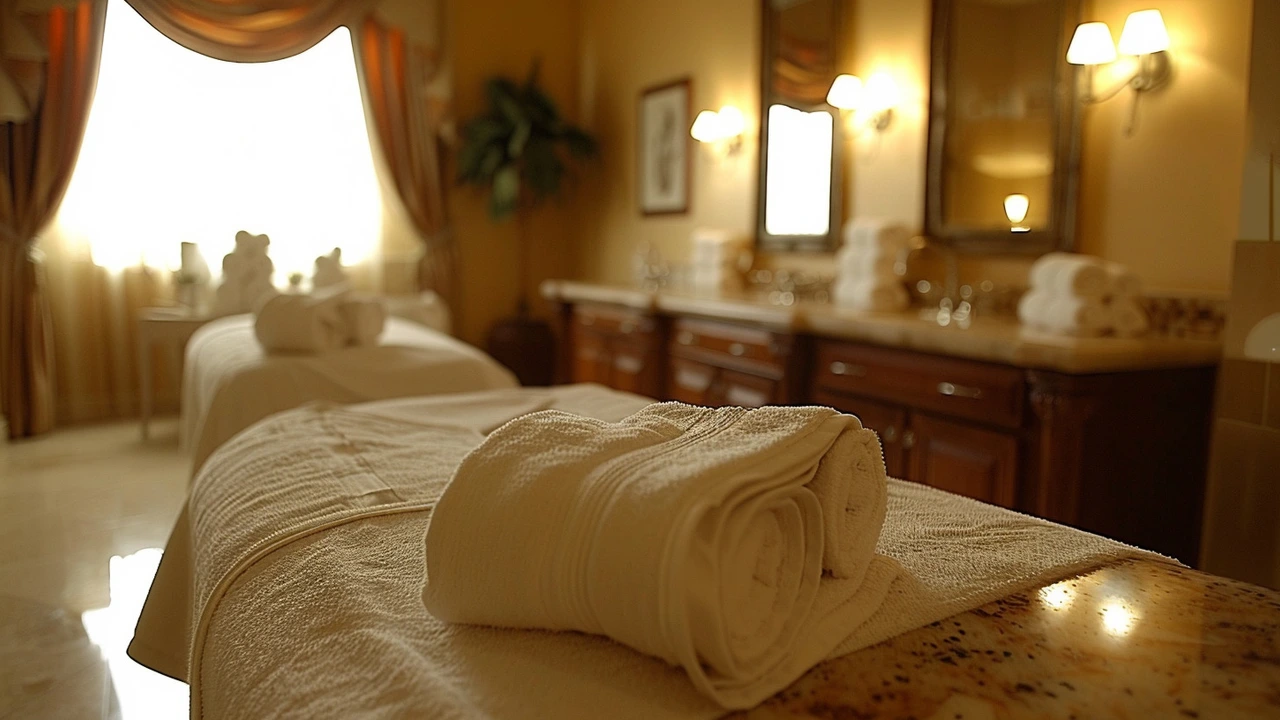Maya Abdominal Massage for Dogs: Calm Belly, Happier Pup
Weird fact: a few minutes of the right belly massage can help some dogs relax and ease mild digestive discomfort. Maya abdominal massage is a gentle, low-pressure approach aimed at supporting digestion and calming your dog. It's not a cure-all, but used correctly it can make a restless or gassy dog more comfortable.
How to do Maya abdominal massage
Start with a quick safety check: no recent surgery, no known internal problems, and if your dog acts painful or very different, call the vet first. When your vet gives the okay, follow these simple steps:
- Find a warm, quiet spot where your dog feels safe. Let them sniff your hands so they know you’re calm.
- Have your dog lie on their side or sit relaxed. Keep strokes slow and steady.
- Warm your palms. Place one hand lightly over the belly just behind the ribs.
- Use small, clockwise circular motions. Clockwise follows the path of the digestive tract and helps move gas and stool along.
- Keep pressure very light. Imagine you’re stroking a sleeping baby—no deep digging. If your dog pulls away, ease up or stop.
- Work for 3–5 minutes per session. For most dogs 1–2 short sessions a day is enough.
Watch your dog’s face and breathing. Relaxed licking, slow breathing, or soft yawns are good signs. If your dog tenses, whines, or tries to move away, stop and check with your vet.
What Maya massage may help and when to stop
People use this technique for mild issues like temporary gas, mild constipation, or stress-related tummy upset. It can also be a calming ritual before car rides or vet visits. Don’t use abdominal massage if your dog has a hernia, known internal injury, fever, severe vomiting, bloody stool, or recent abdominal surgery. Pregnant dogs also need vet approval before any abdominal touch.
If you try the massage and your dog gets steadily worse, develops a bloated hard belly, has trouble breathing, or shows intense pain, get emergency vet care. Those are signs of serious issues that a massage won’t fix.
Want to learn more massage styles and how they fit into a care plan? Check the related guides on our site about sports massage, neuromuscular massage, and myofascial release—those pieces explain how different techniques help movement, recovery, and long-term comfort.
Keep it simple, watch your dog closely, and use Maya abdominal massage as a gentle tool—not a replacement for medical care. When done right, a calm hand and a few minutes can help your pup feel a lot better.

Unlocking the Benefits of Maya Abdominal Massage for Whole Body Health
Maya Abdominal Massage is not just a spa treatment; it's a profound form of therapy rooted in ancient Maya traditions, aimed at enhancing both physical and mental health. This therapeutic technique focuses on the abdomen, a vital area housing many of our bodily organs. Through gentle, non-invasive manipulation, this massage helps to improve organ function, relieve common digestive and reproductive issues, and reduce stress. By exploring its history, benefits, techniques, and modern-day applications, individuals can gain a comprehensive understanding of how this practice promotes overall health and well-being.

Maya Abdominal Massage: A Root to Holistic Healing
Hi there, in my latest post, I delve into the world of Maya Abdominal Massage, a holistic healing technique with deep roots in Mayan culture. In the pursuit of wellness and balance, we are going to explore its wonders, revealing the numerous health benefits it offers. From improving digestion to enhancing fertility, this ancient technique has a lot to offer. Join me, as we dive into this fascinating and beneficial healing method.

10 Things You Didn't Know About Hammam
Sep, 7 2023

Experience the Healing Power of Stone Therapy
Aug, 18 2023


